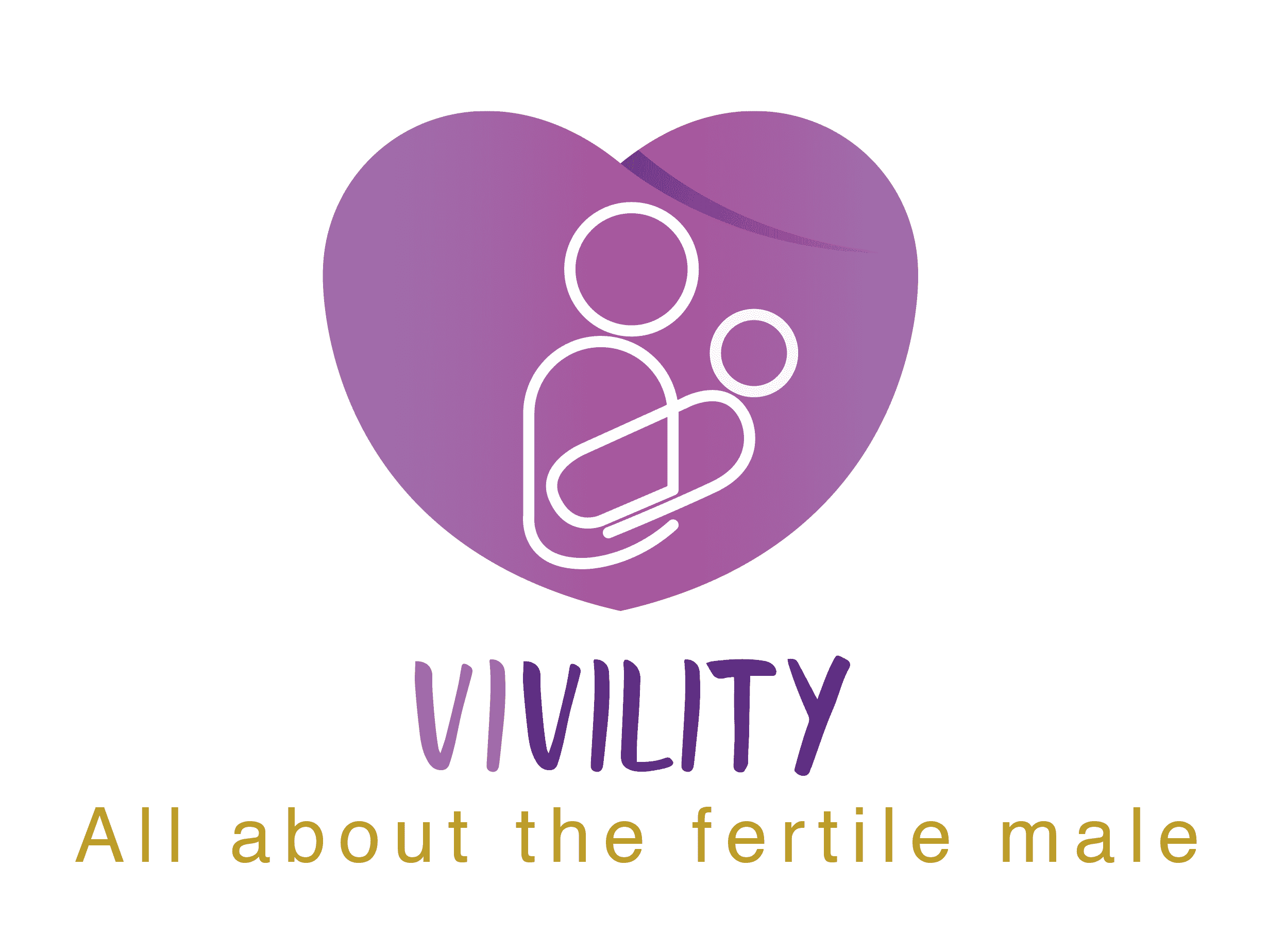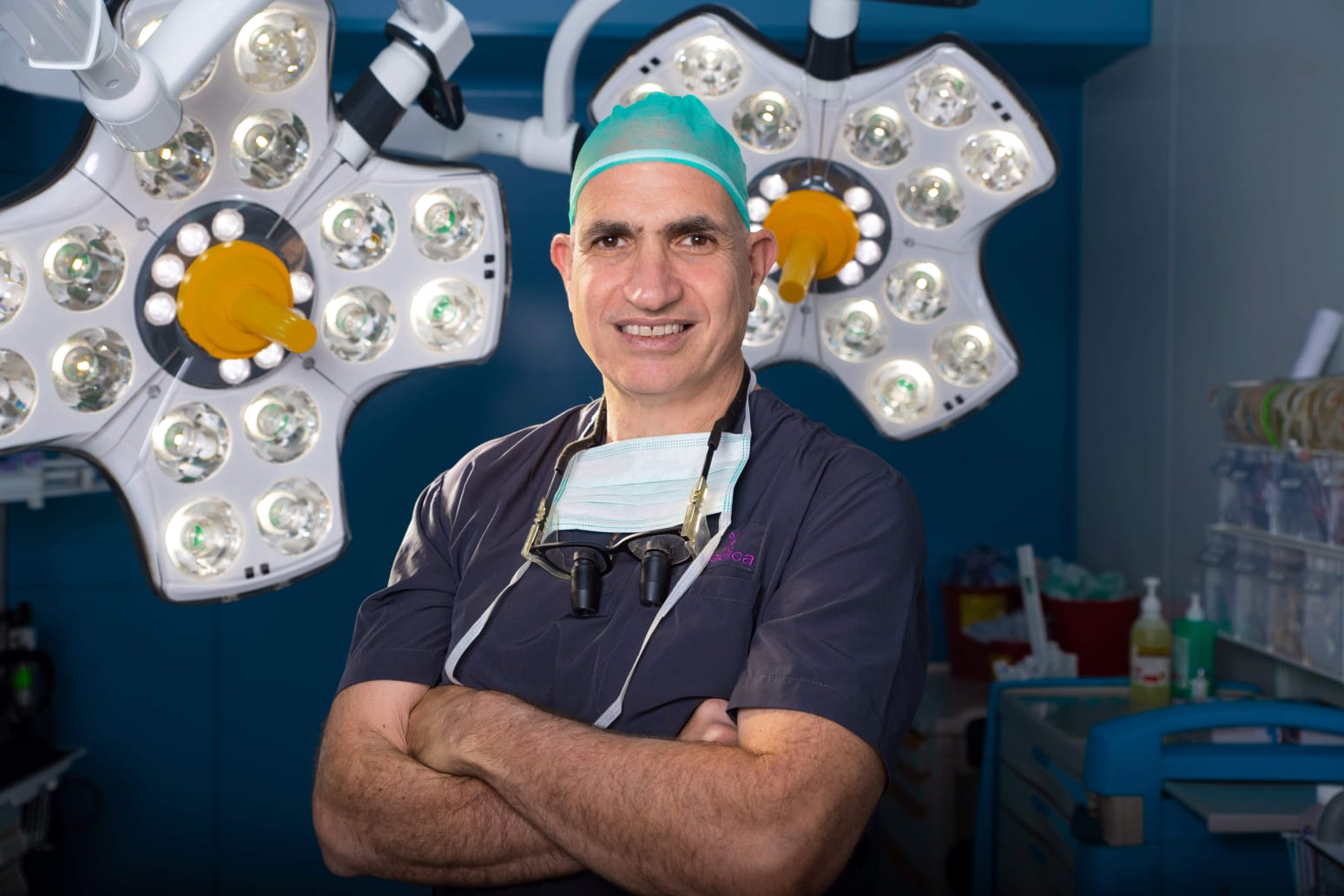Feeling constantly tired, low on energy, or struggling with reduced libido? These might be signs of low testosterone, and that’s where TRT (Testosterone Replacement Therapy) comes in.
TRT is a medical treatment designed to boost testosterone levels in men who have been diagnosed with low T (hypogonadism). This hormone plays a crucial role in muscle mass, mood, sex drive, and overall vitality. When levels drop, it can affect both physical and emotional well-being.
In this article, we’ll break down what TRT is, how it works, common forms (like gels, injections, or patches), potential side effects, and whether it’s the right solution for you.
What is TRT?
Testosterone Replacement Therapy is a medical intervention used to treat individuals with low testosterone levels, a condition known as hypogonadism. The primary purpose of TRT is to replenish testosterone levels to a normal range, thereby alleviating symptoms associated with low testosterone.
This therapy is crucial for maintaining various bodily functions, including muscle and bone health, mood regulation, and sexual function.
- TRT is used to treat low testosterone levels.
- It helps in maintaining muscle and bone health.
- It plays a role in mood regulation and sexual function.
How TRT Works to Restore Hormone Levels
TRT works by supplementing the body with testosterone, either through injections, patches, gels, or other methods. This supplementation helps restore testosterone to normal levels, which can improve symptoms such as fatigue, low libido, and decreased muscle mass. The therapy is tailored to each individual’s needs, ensuring optimal results.
- TRT supplements the body with testosterone.
- It can be administered through injections, patches, or gels.
- The therapy is customized for each individual.
Types of TRT Treatments Available
There are several types of TRT treatments available, each with its own method of administration. Common forms include testosterone injections, transdermal patches, topical gels, and oral medications. The choice of treatment depends on the patient’s preference, medical history, and specific health needs.
- Testosterone injections are a common form of TRT.
- Transdermal patches and topical gels are also available.
- Oral medications can be an option for some patients.
Benefits of Testosterone Replacement Therapy
Improved Energy and Vitality
One of the most noticeable benefits of TRT is the improvement in energy levels and overall vitality. Individuals undergoing TRT often report feeling more energetic and less fatigued, which can significantly enhance their quality of life. This boost in energy can also lead to increased motivation and productivity.
- TRT improves energy levels.
- It reduces feelings of fatigue.
- Enhanced vitality leads to better quality of life.
Enhanced Muscle Mass and Strength
TRT can lead to increased muscle mass and strength, making it a popular choice for those looking to improve their physical fitness. By restoring testosterone levels, TRT helps in the development of lean muscle tissue and can enhance physical performance.
- TRT increases muscle mass.
- It enhances physical strength.
- Improved muscle development aids in fitness goals.
Increased Libido and Sexual Function
Low testosterone levels can negatively impact libido and sexual function. TRT can help restore sexual desire and improve erectile function, leading to a more satisfying sex life. This improvement can also boost self-esteem and overall well-being.
- TRT restores sexual desire.
- It improves erectile function.
- Enhanced libido boosts self-esteem.
Better Mood and Cognitive Function
Testosterone plays a crucial role in mood regulation and cognitive function. Individuals undergoing TRT often experience improved mood, reduced symptoms of depression, and enhanced cognitive abilities. This can lead to better mental clarity and emotional stability.
- TRT improves mood and reduces depression.
- It enhances cognitive abilities.
- Better mental clarity leads to emotional stability.
TRT Treatment Process
Initial Consultation and Hormone Testing
The TRT treatment process begins with an initial consultation and hormone testing. During this stage, a healthcare provider will assess the patient’s symptoms and conduct blood tests to measure testosterone levels. This evaluation helps determine if TRT is a suitable option.
- Initial consultation assesses symptoms.
- Hormone testing measures testosterone levels.
- Evaluation determines TRT suitability.
Determining Eligibility for Testosterone Therapy
Not everyone is a candidate for TRT. Eligibility is determined based on hormone test results, medical history, and the presence of symptoms related to low testosterone. A healthcare provider will consider these factors to decide if TRT is appropriate.
- Eligibility is based on hormone test results.
- Medical history is considered.
- Symptoms of low testosterone are evaluated.
Customizing a TRT Treatment Plan
Once eligibility is confirmed, a customized TRT treatment plan is developed. This plan takes into account the patient’s specific needs, preferences, and health goals. The treatment plan may include the type of TRT, dosage, and administration method.
- A customized treatment plan is developed.
- Patient’s needs and preferences are considered.
- The plan includes type, dosage, and method of TRT.
Monitoring and Adjusting Hormone Levels
Regular monitoring is essential to ensure the effectiveness of TRT. Healthcare providers will conduct follow-up tests to track hormone levels and adjust the treatment plan as needed. This ongoing evaluation helps maintain optimal testosterone levels and minimize side effects.
- Regular monitoring ensures TRT effectiveness.
- Follow-up tests track hormone levels.
- Treatment plans are adjusted as needed.
Potential Side Effects of TRT
Common Mild Side Effects
While TRT is generally safe, some individuals may experience mild side effects. These can include acne, fluid retention, and increased red blood cell count. Most side effects are manageable and can be addressed with adjustments to the treatment plan.
- Mild side effects include acne and fluid retention.
- Increased red blood cell count may occur.
- Side effects are manageable with treatment adjustments.
Serious Risks and Complications
In rare cases, TRT can lead to more serious risks and complications, such as cardiovascular issues or prostate problems. It’s important for patients to discuss these risks with their healthcare provider and undergo regular monitoring to mitigate potential complications.
- Serious risks include cardiovascular issues.
- Prostate problems may arise.
- Regular monitoring mitigates complications.
Managing and Minimizing Side Effects
Managing and minimizing side effects is a crucial aspect of TRT. Healthcare providers can adjust dosages, change administration methods, or recommend lifestyle changes to reduce side effects. Open communication with a healthcare provider is key to successful management.
- Dosage adjustments can reduce side effects.
- Changing administration methods may help.
- Lifestyle changes can minimize side effects.
Who Should Consider TRT?
Age-Related Low Testosterone
As men age, testosterone levels naturally decline, leading to symptoms of low testosterone. TRT can be beneficial for older individuals experiencing age-related testosterone decline, helping to restore vitality and improve quality of life.
- Testosterone levels decline with age.
- TRT benefits older individuals.
- It restores vitality and quality of life.
Medical Conditions Causing Hypogonadism
Certain medical conditions, such as pituitary disorders or genetic abnormalities, can cause hypogonadism. Individuals with these conditions may benefit from TRT to address low testosterone levels and associated symptoms.
- Medical conditions can cause hypogonadism.
- TRT addresses low testosterone levels.
- It alleviates associated symptoms.
Symptoms Indicating Low Testosterone Levels
Symptoms such as fatigue, decreased libido, and mood changes may indicate low testosterone levels. Individuals experiencing these symptoms should consult a healthcare provider to determine if TRT is a suitable treatment option.
- Symptoms include fatigue and decreased libido.
- Mood changes may indicate low testosterone.
- Consultation determines TRT suitability.
Final Thoughts
Testosterone Replacement Therapy offers a viable solution for individuals experiencing low testosterone levels. By restoring hormone balance, TRT can improve energy, muscle mass, libido, and mood. However, it’s essential to undergo a thorough evaluation and regular monitoring to ensure safe and effective treatment. Consulting with a knowledgeable healthcare provider is crucial for achieving the best outcomes with TRT.
Frequently Asked Questions
How long does it take to see results from TRT?
Results from TRT can vary, but many individuals begin to notice improvements within a few weeks. Full benefits may take several months to manifest, depending on individual response and treatment adherence.
Is testosterone replacement therapy safe?
Testosterone replacement therapy is generally safe when administered under medical supervision. Regular monitoring and communication with a healthcare provider help ensure safety and effectiveness.
Can TRT help with weight loss and muscle gain?
TRT can aid in muscle gain and may contribute to weight loss by increasing metabolism and energy levels. However, it should be combined with a healthy diet and exercise for optimal results.
What is the best age to start TRT?
There is no specific age to start TRT, as it depends on individual symptoms and testosterone levels. A healthcare provider can help determine the appropriate timing for treatment.
How often do you need TRT treatments?
The frequency of TRT treatments varies based on the type of therapy and individual needs. Some treatments require weekly administration, while others may be monthly or less frequent.
Can TRT improve mental health and cognitive function?
TRT can improve mental health and cognitive function by alleviating symptoms of low testosterone, such as depression and brain fog. Improved hormone balance can lead to better mood and mental clarity.


